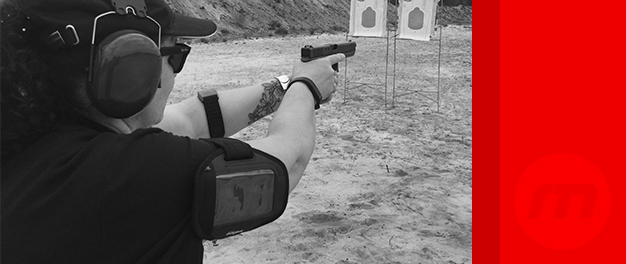Externalizing Physiological Signals

Stress manifests itself physiologically through three primary mechanisms: elevated heart rate, elevated breathing, and increasing sweat rate. In fact, these measurements are what comprise a “lie detector”, a machine that effectively measures stress. Unfortunately, sweat rate cannot be easily measured in the field as other factors, like ambient temperature and movement, affect it. Likewise, breath rate sensors suitable for physical activity are just now becoming available, but their accuracy has yet to be fully established. This leaves us with heart rate. Fortunately, commercial heart rate monitors have been in continuous development for over thirty years and today are cheap, highly accurate, and ubiquitous. Moreover, they can be integrated into various extended applications by using mobile phone technology and “apps”. Therefore, we propose a simple and direct mechanism to enable professionals to instantly assess trainee stress by externalizing heart rate via a custom mobile software application. The trainee will wear a heart rate monitor (HRM), either an ECG-type chest strap (Polar, Cardio sport, Yahoo, etc…) or an optical band worn around the upper forearm (Scosche Rhythm+) which is easier to pull on and off and more comfortable, especially for women. The HRM will wireless transmit heart rate on a second-by-second basis to a custom app we will develop running on an iPod touch or similar device worn by the trainee within a transparent arm band. Though other apps exist that capture the heart rate signal, our app will be designed primarily to make visualizing the trainee’s heart rate a priority. As such, heart rate will be displayed at a maximum size and color coded through three or more “zones”, light (green), moderate (yellow), or vigorous (orange) to make instantaneous assessment by the trainer possible. With this information on hand, the trainer will be able to make immediate decisions to better tailor the lesson to the student by accounting for stress. By controlling the software development ourselves, we will be able to evolve this system as needed. Future advances may include the integration of wireless breath rate monitoring, should appropriate hardware become available, as well as creating feedback mechanisms to help trainees manage their own stress levels better. We plan on using these systems in the field continuously, learn how best to incorporate the measures into training, and pass our knowledge along to the industry.



